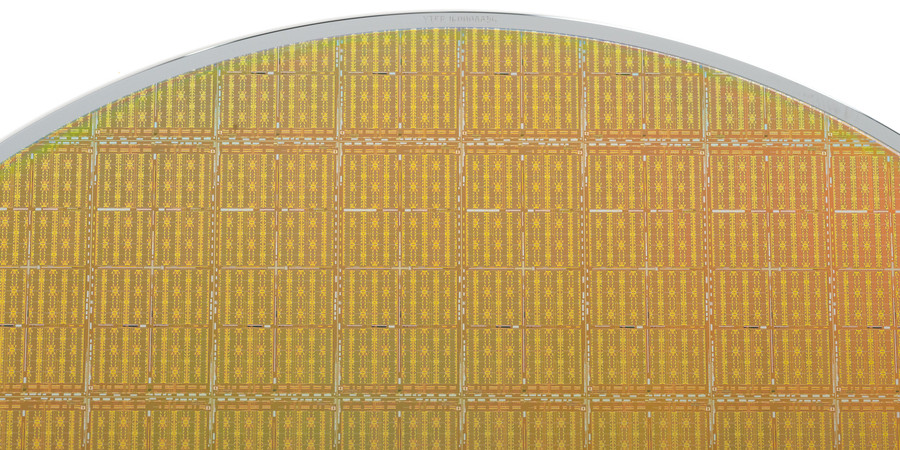May 29, 2024
Quantum computers hold the promise of being able to quickly solve extremely complex problems that might take the world’s most powerful supercomputer decades to crack.
But achieving that performance involves building a system with millions of interconnected building blocks called qubits. Making and controlling so many qubits in a hardware architecture is an enormous challenge that scientists around the world are striving to meet.
Toward this goal, researchers at MIT and MITRE have demonstrated a scalable, modular hardware platform that integrates thousands of interconnected qubits onto a customized integrated circuit. This “quantum-system-on-chip” (QSoC) architecture enables the researchers to precisely tune and control a dense array of qubits. Multiple chips could be connected using optical networking to create a large-scale quantum communication network.
By tuning qubits across 11 frequency channels, this QSoC architecture allows for a new proposed protocol of “entanglement multiplexing” for large-scale quantum computing.
Complete article from MIT News.
Explore
MIT Engineers Advance Toward a Fault-tolerant Quantum Computer
Adam Zewe | MIT News
Researchers achieved a type of coupling between artificial atoms and photons that could enable readout and processing of quantum information in a few nanoseconds.
New Chip Tests Cooling Solutions for Stacked Microelectronics
Kylie Foy | MIT Lincoln Laboratory
Preventing 3D integrated circuits from overheating is key to enabling their widespread use.
Analog Compute-in-Memory Accelerators for Deep Learning
Wednesday, April 30, 2025 | 12:00 - 1:00pm ET
Hybrid
Zoom & MIT Campus




